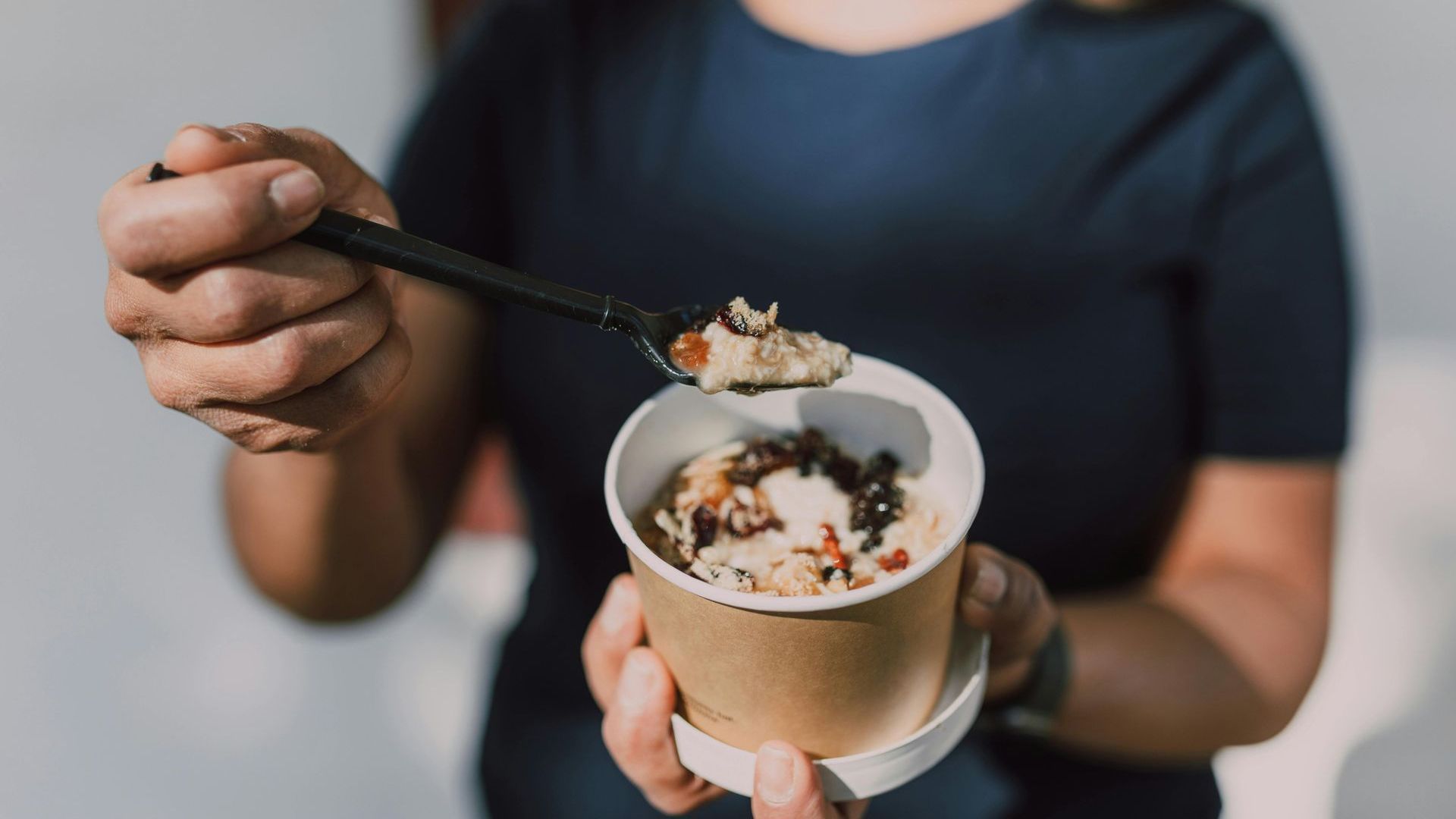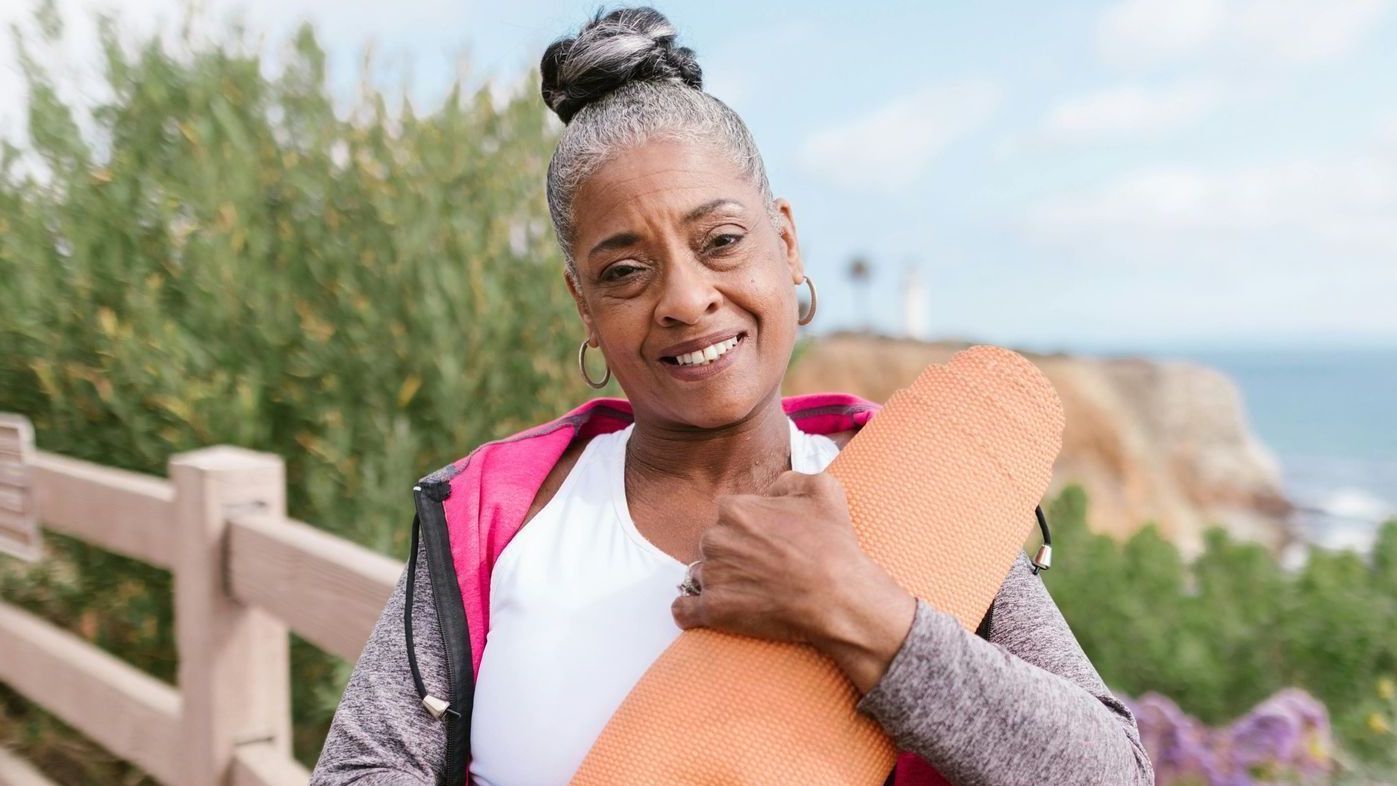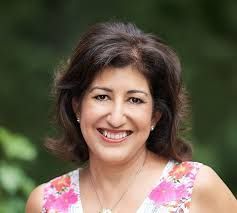Examining the Evidence: Does Applying Estrogen to Facial Skin Deliver Anti-Aging Benefits or False Promises?

For decades, women have been exploring various methods to combat the signs of aging on their skin. One intriguing approach that has garnered attention is the use of topical estrogen creams on the face. This practice dates back to the early to mid-20th century, with hormone creams becoming popular facial moisturizers in the 1930s. As synthetic hormones became more accessible, pharmaceutical and cosmetic companies began incorporating estrogen into creams and lotions. But what does the science say about this approach? Several studies have examined the effects of topical estrogen on aging skin, with some promising results. However, the use of these products remains controversial, and it's crucial to understand both the potential benefits and risks before considering this anti-aging strategy.
The Impact of Estrogen on Skin
Estrogen plays a crucial role in maintaining skin health. As women enter menopause, declining estrogen levels can lead to significant changes in the skin, including:
- Reduced collagen production (up to 30% loss in the first 5 years post-menopause)
- Reduced skin elasticity
- Reduced skin thickness
- Increased dryness and thinning
- More pronounced wrinkles and fine lines
These changes, collectively known as estrogen-deficient skin (EDS), can have a noticeable impact on a woman's appearance and self-esteem.
The Promise of Topical Estrogen
A wealth of scientific investigations has delved into the effects of topical estrogen on aging skin, yielding a series of compelling findings. These studies, ranging from short-term experiments to long-term clinical trials, have explored various formulations and concentrations of estrogen, as well as their impacts on different aspects of skin health and appearance. Here are some of the key findings that have emerged from this body of research:
1994:
- 6-month treatment with 0.3% estriol or 0.01% estradiol cream improved skin elasticity, firmness, and hydration
- Wrinkle depth decreased by 61-100%
- No systemic hormonal side effects were reported
2005:
- 24-week treatment with Premarin cream (conjugated estrogens) significantly increased skin thickness and improved fine wrinkles
2007:
- 3-month treatment with topical estradiol increased total collagen content by 38% in abdominal skin
2008:
- 2-week topical estradiol treatment increased procollagen I and III mRNA and collagen I protein levels in sun-protected hip skin
- No significant changes were observed in photoaged forearm or face skin after 2-week treatment
- Estrogen receptors were similarly expressed in both sun-protected and photoaged skin
2009:
- Topical estrogens increased skin thickness by 7.8% compared to placebo when applied to photoaged facial skin
- Topical estrogen treatments increased levels of glycosaminoglycans and hyaluronic acid in the dermis
2013:
- 24-week treatment with 1% estrone cream on facial skin did not significantly improve wrinkle severity or skin elasticity
- No significant increase in Type I procollagen immunostaining was observed (a certain stain was used to look at Type I procollagen, which is an early form of collagen that is important for skin structure and firmness)
2019:
- Review of multiple studies confirmed improvements in skin elasticity, firmness, hydration, and collagen content with various topical estrogen formulations
- Effects were generally more pronounced in sun-protected skin compared to photoaged skin
2021:
- Methyl estradiolpropanoate (MEP), a non-hormonal compound that activates estrogen receptors in the skin, showed promise for improving signs of facial aging without systemic effects
Overview of How Estrogen is believed to improve skin aging:
- Increases collagen production
- Improves skin hydration
- Enhances skin elasticity
- Promotes better blood flow to the skin
Safety Considerations
One of the most important aspects of any treatment is safety. Fortunately, recent research indicates that topical estrogen for facial use appears to be well-tolerated and safe when used as directed:
- No systemic absorption: Studies show no significant increase in blood estrogen levels with topical facial application
- Localized effects: The benefits appear to be limited to the area of application, similar to vaginal estrogen treatments
- Low risk of side effects: Research indicates minimal risk of adverse events or skin irritation
Here's a general overview of how you can obtain topical estrogens:
1. Consult a healthcare provider:
- A dermatologist, gynecologist, or primary care physician can evaluate your needs and prescribe FDA-approved topical estrogen products or compounded formulations.
- They can determine if topical estrogen is appropriate based on your medical history and current health status.
2. Visit a compounding pharmacy:
- With a prescription from a healthcare provider, compounding pharmacies can create custom topical estrogen formulations.
- This allows for personalized strengths and combinations of ingredients.
3. Explore telemedicine options:
- Many telemedicine services now offer consultations and prescriptions for hormone-based skincare.
- These platforms connect you with licensed healthcare providers who can assess your needs remotely.
4. Consider over-the-counter alternatives:
- Some products containing phytoestrogens or estrogen-like compounds are available without a prescription.
- These may offer milder effects compared to prescription-strength estrogens.
5. Become a telemedicine patient of mine:
- As a healthcare provider offering telemedicine services, I can evaluate patients remotely and prescribe appropriate topical estrogen treatments when indicated.
- This option combines the convenience of telemedicine with personalized medical advice and prescription access.
- For educational only consults, I can evaluate your medical history and current health status and determine if topical estrogen is right for you.
Conclusion:
The research on topical estrogen for facial skin paints an intriguing picture, especially for postmenopausal women. The research highlights potential benefits in skin thickness, elasticity, and wrinkle reduction. However, it's crucial to remember that skin health and aging are influenced by a complex interplay of factors beyond hormones alone.
Evidence consistently demonstrates that sun protection is paramount in preventing premature skin aging. Genetics play a significant role in how our skin ages, affecting factors like collagen production and breakdown. Diet also impacts skin health, with nutrients like antioxidants and omega-3 fatty acids supporting skin structure and function. Adequate sleep is crucial for skin repair and regeneration, while chronic sleep deprivation can accelerate skin aging.
Other positive lifestyle factors, such as regular exercise, stress management, and avoiding smoking, all contribute to overall skin health and can influence how well your skin ages. These factors work in concert with your body's natural processes, including hormone levels, to determine skin appearance and health over time.
While topical estrogen may offer benefits for some individuals, it should be considered as part of a comprehensive approach to skin health. A balanced skincare routine, healthy lifestyle choices, and consistent sun protection remain the cornerstones of maintaining youthful, healthy skin. As with any medical treatment, it's essential to consult with a dermatologist or healthcare provider to determine if topical estrogen is appropriate for your individual needs and to ensure its safe and effective use.
















